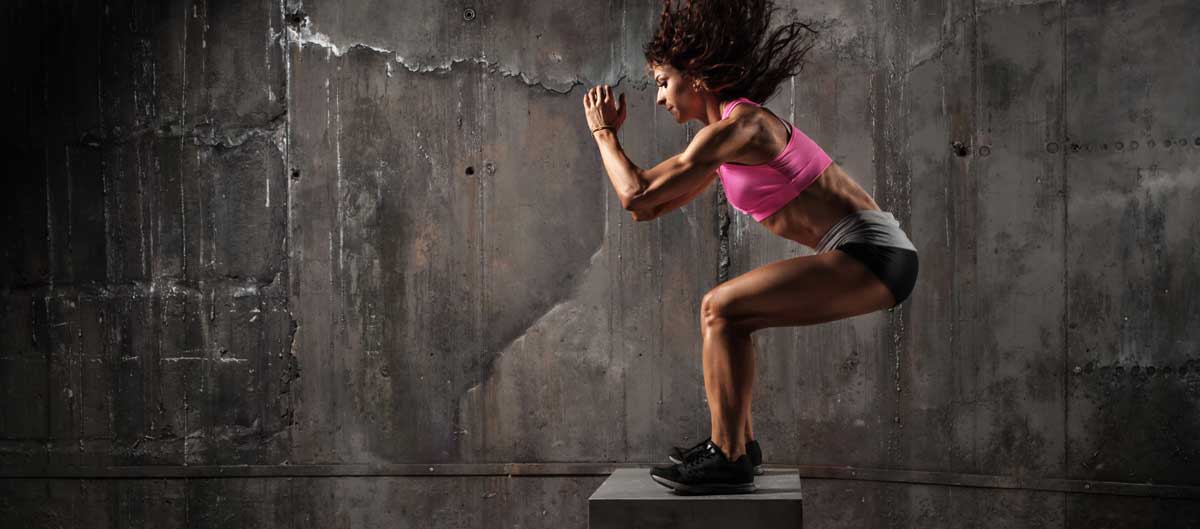
Do women have more sports injuries than men?
Men and women have a similar incidence of sports-related injuries. From a purely statistical standpoint, the female rate of injury remains slightly higher than in men. However, the how and why they are injured can be quite different. Injury patterns in men and women who participate in the same sports, such as CrossFit, soccer, rugby, surfing, running and cycling are unique and often vary based on gender. Since the injuries can be different, so too are the treatment recommendations. Dr. Mark Getelman, orthopedic specialist serving patients in Van Nuys, Thousand Oaks and the Los Angeles, California area, specializes in female sports-related injuries and their treatment.
Why are female athletes more injury prone?
Research has shown several physical and chemical differences in the male and female athlete that can affect the body’s ability to stay healthy and remain injury free. The most obvious differences include:
- Estrogen: This hormone directly affects the structure and function of the musculoskeletal tissues in women. At lower levels, estrogen can improve muscle mass and strength. However, high estrogen levels may decrease power and performance, making female athletes more prone to injury.
- Greater Flexibility: Female hormones naturally make the soft tissues and ligaments more elastic and flexible which can lead to a higher rate of injury such as a torn ACL.
- Body Alignment: Women have a wider-set pelvis which impacts the lower extremity alignment between the hip, knee and ankle and similarly makes women more susceptible to injury.
- Bone Structure: Female bones are often less dense than their male counterparts.
- Musculature: Men have more muscle mass then females and are traditionally stronger. Muscles help stabilize joints and good muscle tone can reduce injury. This can also impact the incidence of injury in the female athlete.
What is the Female Athlete Triad?
The Female Athlete Triad is an often-used term in sports circles and in orthopedic medicine. It’s important because the female athlete triad addresses three prominent health problems often linked to each other in female athletes. Women who fall within this triad are at a higher risk for injury, especially if they exercise for more than 12 hours a week. The Female Athlete Triad includes:
- Insufficient energy availability: This can be caused by consuming fewer calories than those expended and may indicate an eating disorder.
- Menstrual Disturbances: If menstruation slows down or stops completely, the body also makes less estrogen, which is a hormone necessary for musculoskeletal health and strength.
- Bone Loss: Linked to both insufficient calorie intake and menstrual disturbances, the body cannot replace older bone cells without estrogen as well as vitamins and minerals such as calcium and vitamin D. As a result, bones become weak and porous, which can lead to stress fractures and osteopenia (the precursor of osteoporosis).
What injuries are more common in female athletes?
Sports injuries that are more common in female athletes are:
- Shoulder Injures
- Shoulder Separations (AC joint separation)
- Dislocated shoulder/Shoulder Instability
- Rotator Cuff Tear
- Knee Injuries
- ACL Tear
- Patellofemoral Injuries (Kneecap injury)
- Miserable Malalignment Syndrome (Runner’s Knee)
How can girls and women prevent sports injuries?
It’s not all bad news! Women and girls can take steps to reduce the chance of a sports injury. In fact, studies show that strengthening programs can reduce the risk of many sports injuries by more than 50%. Other steps female athletes can take to prevent injury are:
- Body Mechanics: Training to land properly after a jump, planting both feet to change direction and learning to lift properly.
- Weightlifting programs: Focus on building muscle mass to provide for better joint stability and strength.
- Proper Nutrition: Eating appropriate amounts of the right kinds of food help the body stay strong and help women avoid the athlete triad.
- Rest: Getting proper rest should be on the top of the list for ideal sports conditioning.
